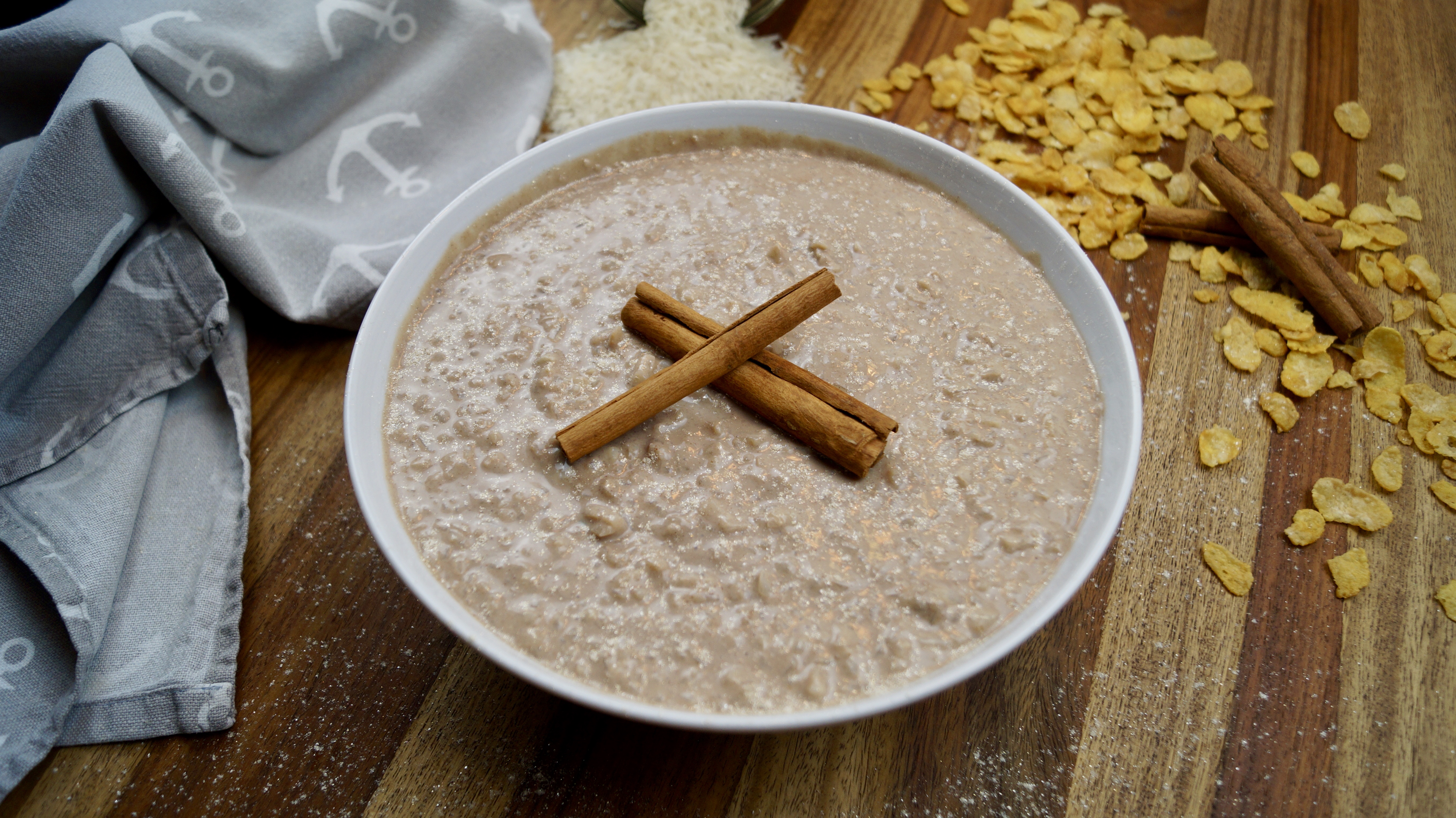
ketogenic diet pubmed
The Keto diet, short for Ketogenic diet, is a low-carb, high-fat diet that has become increasingly popular in recent years. It focuses on drastically reducing carbohydrate intake and replacing it with fat. This reduction in carbs puts your body into a metabolic state called ketosis, where it becomes incredibly efficient at burning fat for energy. Unlike many other diets, the Keto diet doesn’t require counting calories or obsessively tracking food intake.
What Is a Ketogenic Diet?
The Keto diet is a high-fat, low-carb way of eating that 1) puts your body into a state of ketosis and 2) brings numerous health benefits.
- Ketosis. Ketosis is a metabolic state in which your body burns fat for fuel. When you eat a very low-carb diet, your body has no choice but to turn to burning fat for fuel. This creates a state of ketosis, where you become incredibly efficient at burning fat for energy.
- Health Benefits. While the Keto diet is popular for weight loss, it has some surprisingly powerful health benefits. Studies show that the Keto diet can help with epilepsy, cardiovascular disease, diabetes, Alzheimer’s and many other health conditions.
How to Transition Into the Keto Diet
Transitioning to a Keto diet is not as difficult as it may seem. Here are some tips to get you started:
- Keep your carbohydrate intake between 20-50 grams per day.
- Focus on eating whole, minimally processed, nutrient-dense foods like grass-fed meat, organic fruits and vegetables, and healthy fats like coconut oil and olive oil.
- Drink plenty of water to help prevent dehydration and maintain electrolyte balance.
- Avoid sugars, processed foods, and refined carbohydrates like white bread and pasta.
- Start slow and gradually reduce carbohydrates while increasing fat intake.
Foods to Avoid on the Keto Diet
When transitioning to the Keto diet, it’s important to avoid foods that are high in carbohydrates and processed sugar:
- Grains: wheat, barley, rice, corn, etc.
- Processed foods: bread, pasta, chips, cookies, crackers, etc.
- Starchy vegetables: potatoes, sweet potatoes, parsnips, etc.
- Sugary fruits: apples, oranges, bananas, grapes, etc.
- High-sugar drinks: soda, juice, energy drinks, etc.
Foods to Eat on the Keto Diet
When transitioning to the Keto diet, it’s important to focus on high-fat, nutrient-dense foods that are low in carbs:
- Lean meats: chicken, beef, turkey, etc.
- Healthy fats: olive oil, coconut oil, grass-fed butter, etc.
- Non-starchy vegetables: spinach, kale, broccoli, asparagus, etc.
- Low-sugar fruits: berries, avocado, lemons, limes, etc.
- Low-carb dairy: yogurt, cheese, cottage cheese, etc.
- Nuts and seeds: walnuts, almonds, chia seeds, etc.
Conclusion
The Keto diet can be an effective and nutritious way to help you meet your health and wellness goals. By following the tips above and focusing on nutrient-dense, low-carb foods, you can start your transition to the Keto lifestyle. If you’re looking for even more guidance on transitioning to as low-carb, high-fat diet, you may want to speak to a nutritionist or trained health professional.
